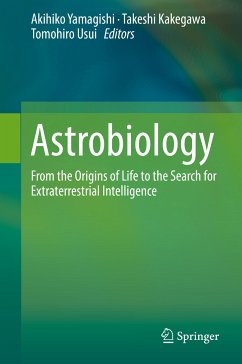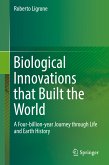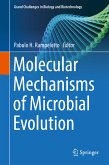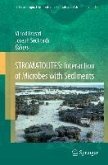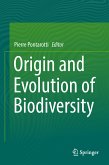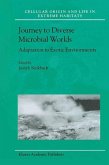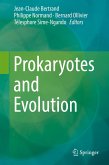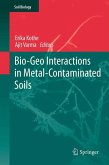This book provides concise and cutting-edge reviews in astrobiology, a young and still emerging multidisciplinary field of science that addresses the fundamental questions of how life originated and diversified on Earth, whether life exists beyond Earth, and what is the future for life on Earth. Readers will find coverage of the latest understanding of a wide range of fascinating topics, including, for example, solar system formation, the origins of life, the history of Earth as revealed by geology, the evolution of intelligence on Earth, the implications of genome data, insights from extremophile research, and the possible existence of life on other planets within and beyond the solar system. Each chapter contains a brief summary of the current status of the topic under discussion, sufficient references to enable more detailed study, and descriptions of recent findings and forthcoming missions or anticipated research. Written by leading experts in astronomy, planetary science, geoscience, chemistry, biology, and physics, this insightful and thought-provoking book will appeal to all students and scientists who are interested in life and space.
Dieser Download kann aus rechtlichen Gründen nur mit Rechnungsadresse in A, B, BG, CY, CZ, D, DK, EW, E, FIN, F, GR, HR, H, IRL, I, LT, L, LR, M, NL, PL, P, R, S, SLO, SK ausgeliefert werden.

